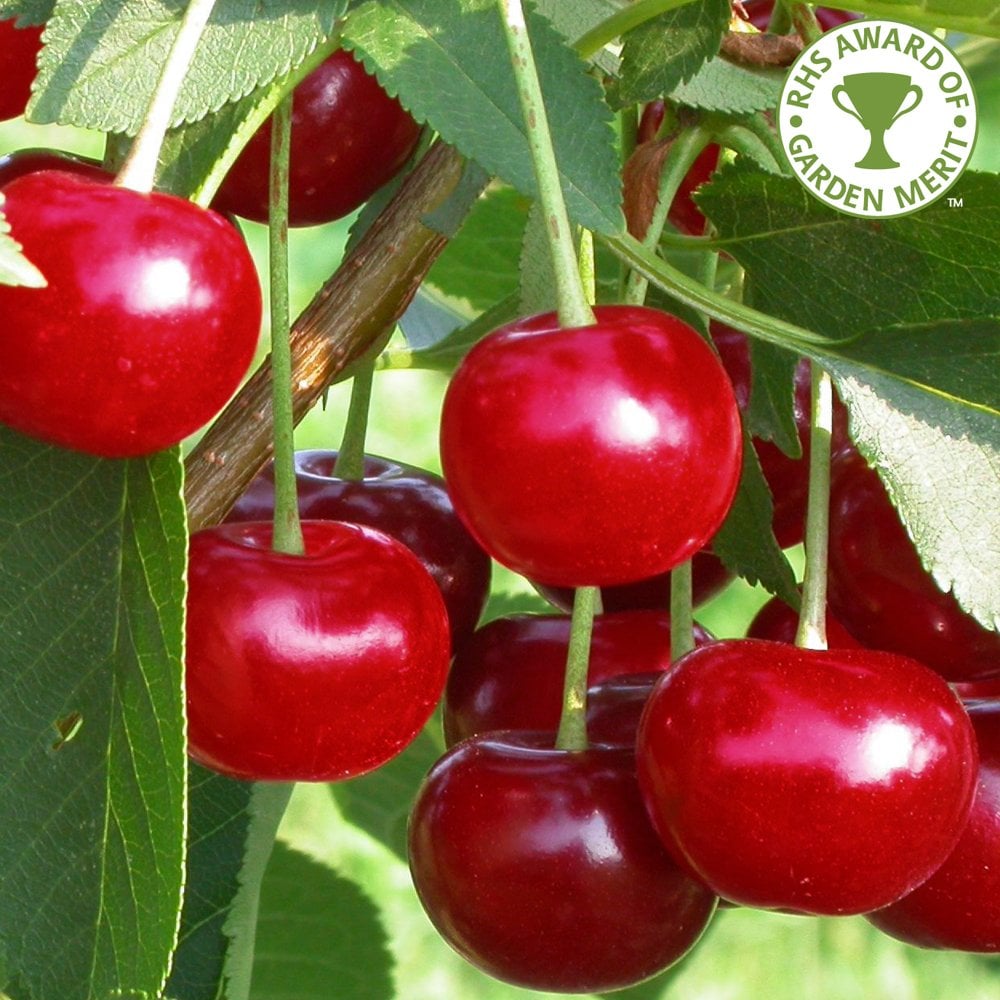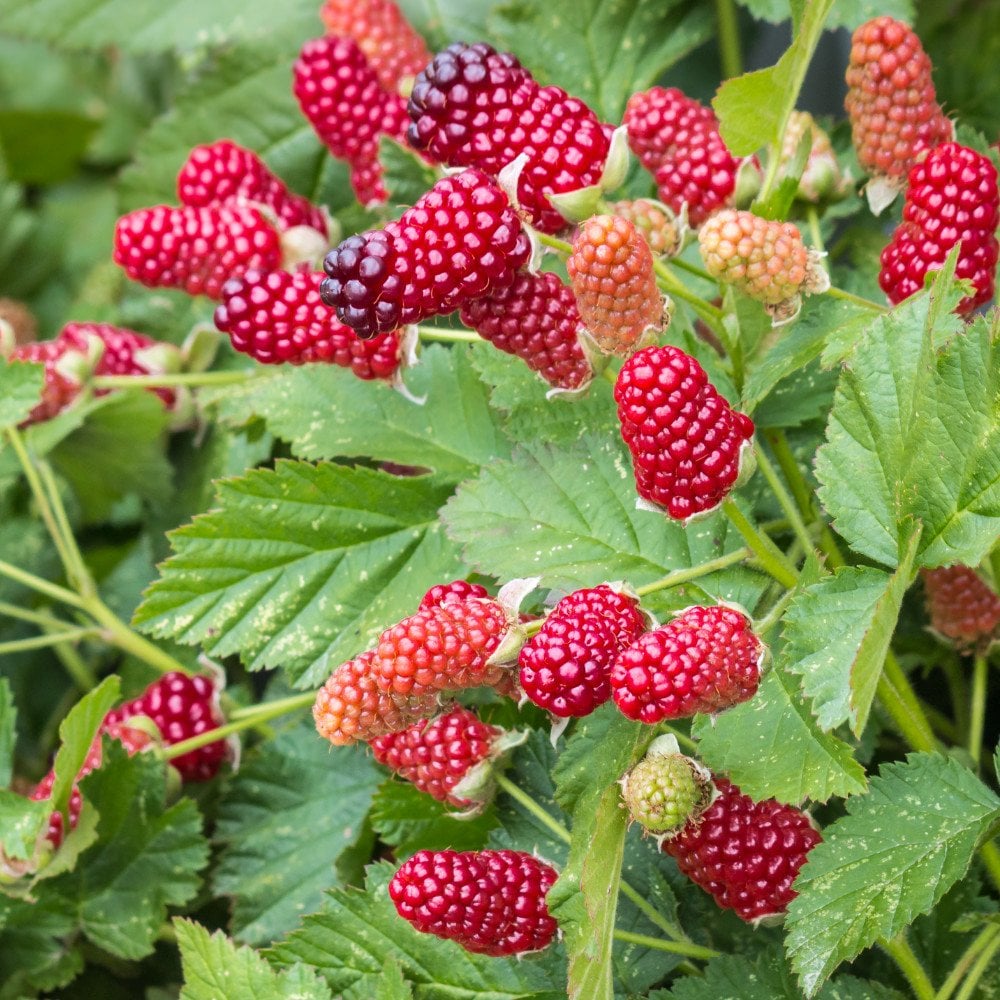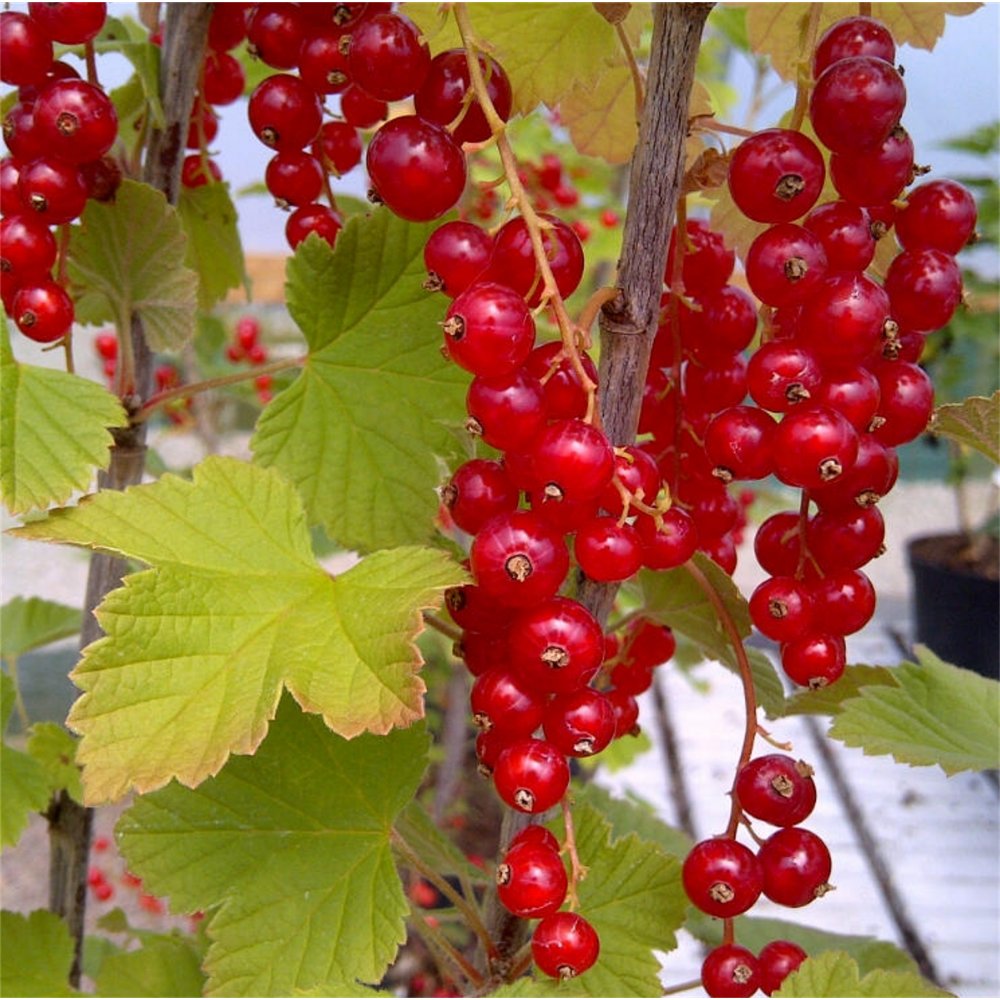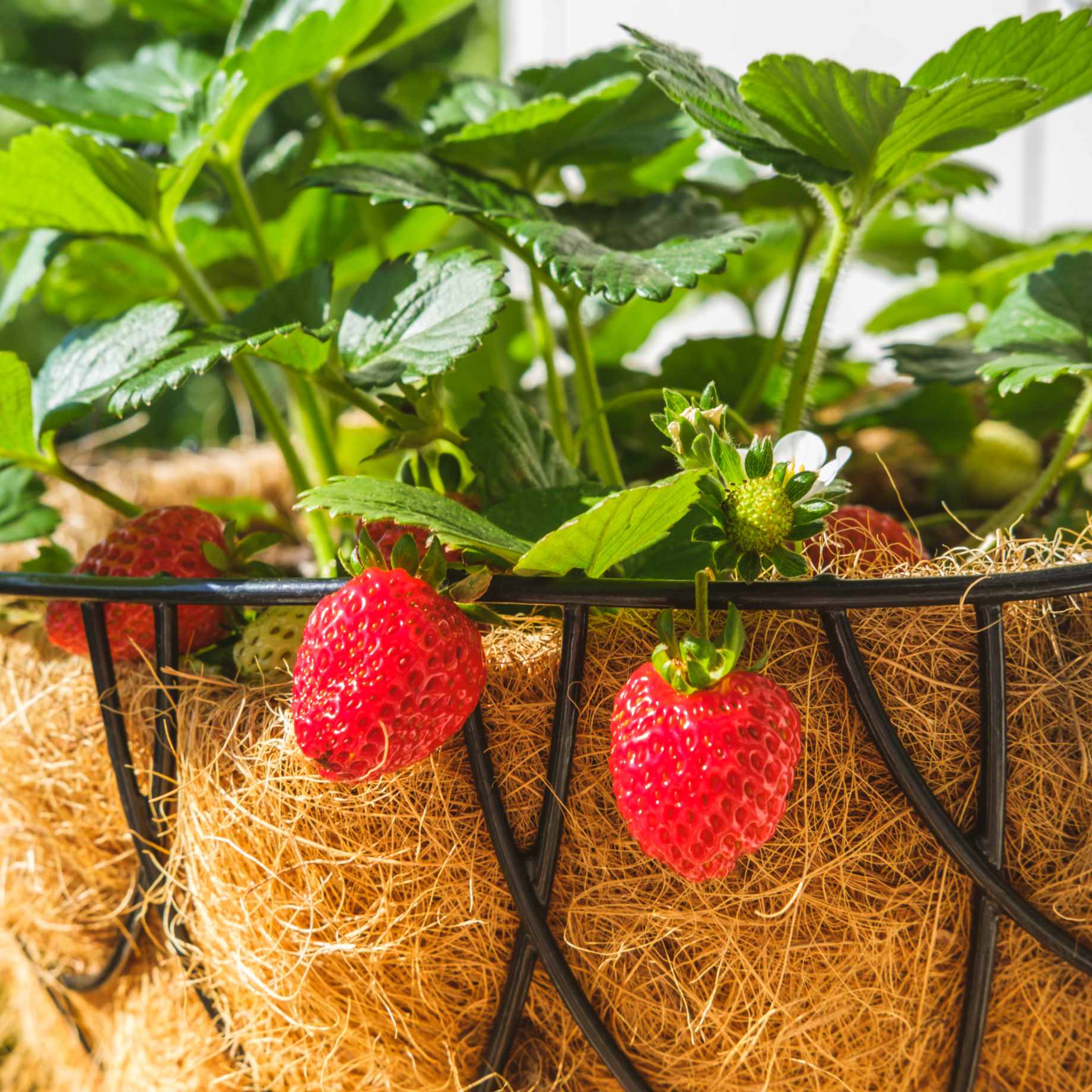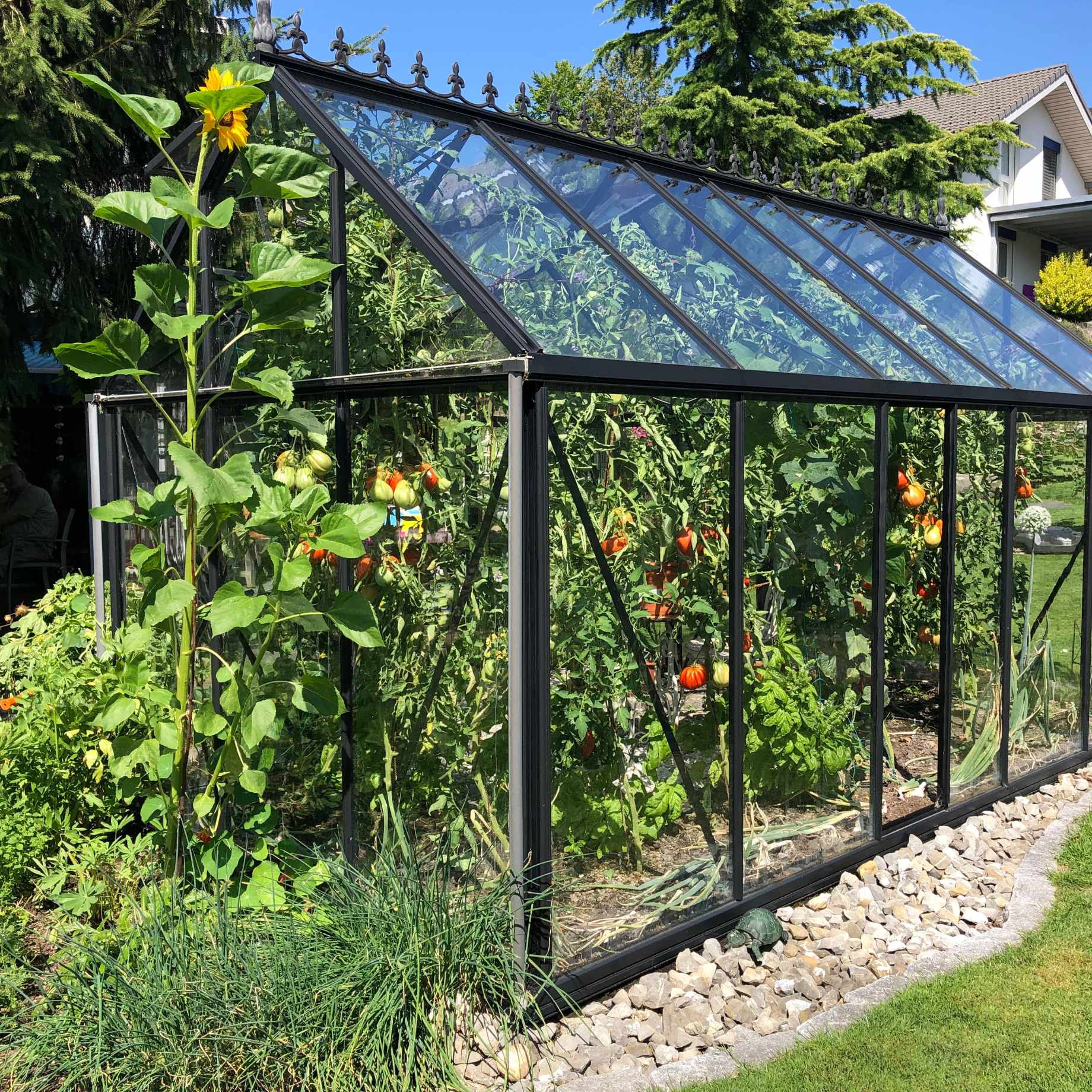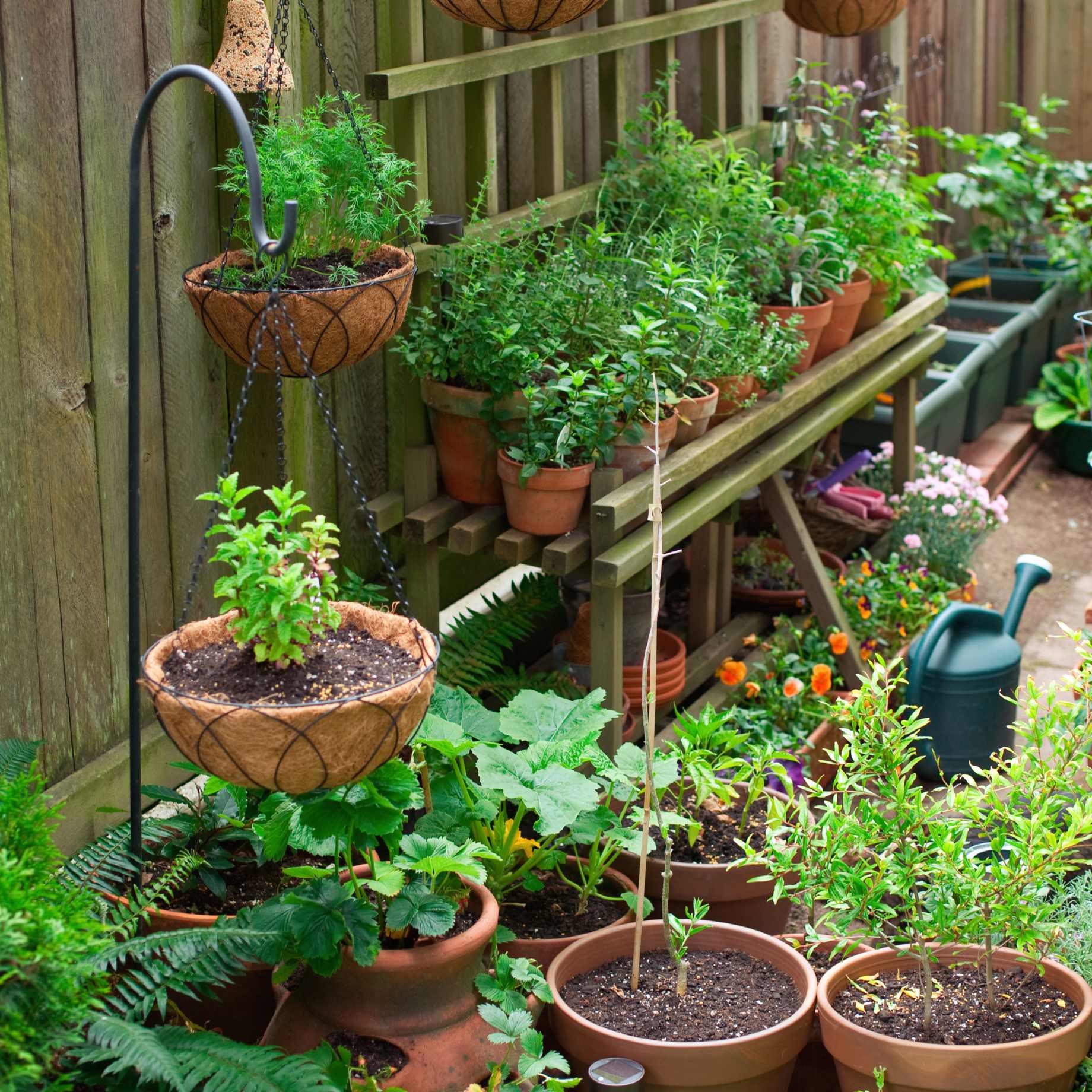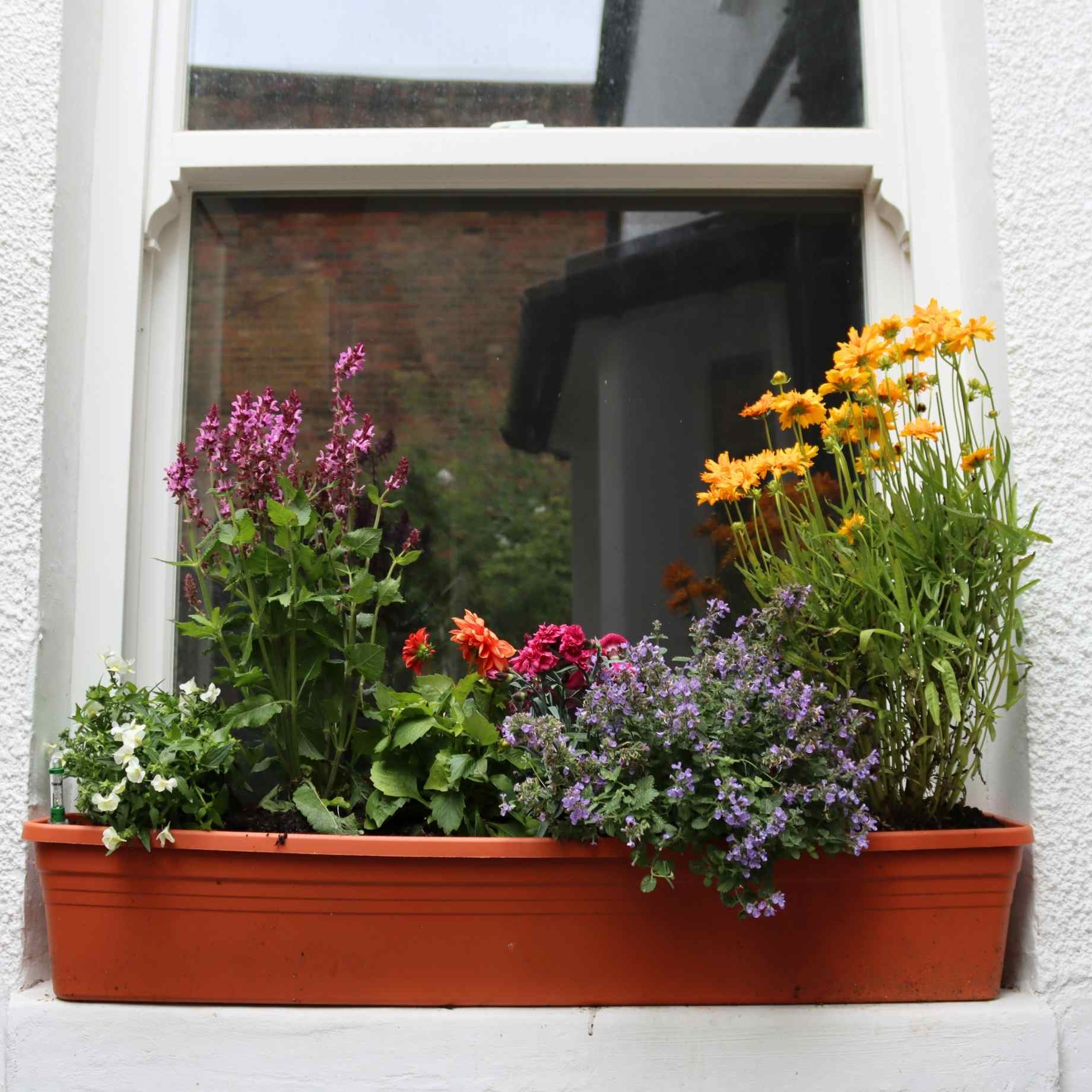Key features
Final sizeGisela 5 (dwarf) 3m, Colt (semi vigorous) 4-5m in 10 years
FlowersWhite
FruitCooking cherry
Pollination groupSelf fertile, group B
Cropping periodLate season (Late July)
PositionFull sun to part shade
Description
Morello Cherry trees produce large, deep red cherries with a good strong flavour, making them ideal for jams, jellies and treats such as an open-top cherry pie or crumble. Pretty pure white single flowers in spring are followed by the fruits, that ripen for picking in late July – early August. Known as sour cherries, they can either be cooked with from fresh or frozen for later use.
A very hardy cherry tree that has received the RHS Award of Garden Merit, Morello will withstand the toughest of positions and is prefect against a North facing wall. As Morello is self fertile you won’t require another cherry tree to pollinate it and is a great choice for both gardens or orchards.
Prunus cerasus ‘Morello’ originates from Kent.
Planting Steps
1Preparation
- Pot-grown plants can be planted at any time of year, whereas bare roots need to be planted between November and March.
- Clear weeds and grass within a metre of the planting hole.
- Dig a hole as deep as the root mass and twice as wide.
- To help your plant establish more effectively, sprinkle Rootgrow in the hole.
2Planting
- Gently loosen the roots and place into the planting hole.
- Ensure the top of the plant’s compost is flush with the level of the surrounding soil and the graft union or collar of the tree is above ground level.
- Mix 50% of the original soil with 50% compost.
- Fill in the hole, firming the soil gently.
3Last Steps
- Water generously around the base of the plant.
- If you are planting either a single stem tree or mature standard tree, we recommend adding a staking kit and rabbit guard.
Aftercare Advice
Trees and shrubs require a good watering regime for a couple of years whilst they establish. Water well and regularly through spring and summer, increasing in hot or dry weather. If planting in autumn, you may only need to water a little. It is advisable to keep the area free of competing weeds and grass during this period.
For more detailed advice and video guides, please visit our Help & Advice section.

